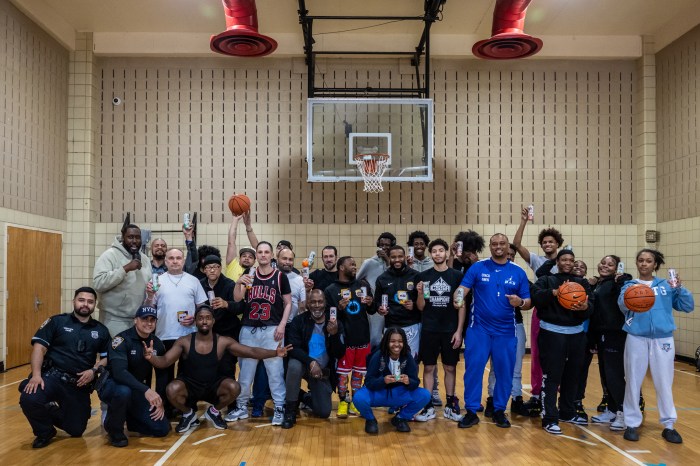In a disastrous 1928 decision, the U.S. Supreme Court failed to protect telephone conversations from wiretapping — a ruling not overturned until 1967. Today, the court avoided making the same historic mistake twice. It held that digital information stored on a mobile phone may not be read by police without a warrant as part of a search incident to arrest.
The decision, written by Chief Justice John Roberts and almost unanimous, is a landmark in the protection of personal data. And it stands in stark contrast to what has been thus far the court’s willingness to allow the National Security Agency to monitor private communications.
The legal background to the case is simple, and the decision was remarkably straightforward. Under existing precedent, when you’re arrested, the police may search you and any object of yours in immediate proximity to you. Existing law offered two rationales: protecting the officer from danger and avoiding the destruction of evidence.
Roberts’s opinion explained that neither rationale applies to mobile-phone data. The contents of the phone can’t hurt the arresting officer in any immediate way.
As for the possibility that the phone contains evidence that might be subsequently destroyed, the opinion said that allowing search without a warrant was not the simplest way to avoid data destruction. In any event, Roberts wrote, it would be highly unusual for police officers to arrest someone while his or her phone was unlocked. Most phones are locked most of the time. In what is surely the first time the Supreme Court has officially cited Apple’s iPhone User Guide, the court pointed out that the default lock for IOS 7.1 is “about a minute.”
Roberts also wrote that the police could take other steps to protect the data from remote wiping. They could, he noted, turn off the phone or take out its battery. If they were really worried about remote signals reaching the phone, he said, they could put the phone in a “Faraday bag,” described by the court as a sandwich bag made of aluminum foil that would block radio waves from reaching it. Now, I think, would be a good time to invest in a Faraday bag maker: Law enforcement is going to be buying them in bulk.
Having reached this utterly rational set of conclusions, the court was not quite done. In a rather unusual excursus, it offered a kind of paean to the smartphone, which could be, the court said, “as easily called cameras, video players, rolodexes, calendars, tape recorders, libraries, diaries, albums, televisions, maps, or newspapers.” The storage capacity, the court said, is “immense,” specifying the 16 gigabyte standard memory on a leading smartphone and as much as 64 GB available. Even cheap phones, available for less than $20, had enormous storage capacity, and the court confidently predicted that capacity would only extend. The court also referred to the cloud, noting that searching somebody’s smartphone might well give the searcher access to information stored remotely.
Other than offering a judicial testament to Steve Jobs, the court’s goal was to recognize that your smartphone contains your whole life and therefore possesses what the court called “an element of pervasiveness not found in physical records.” Indeed, the court cited a poll that said 75 percent of smartphone users reported the phone to be within 5 feet of them most of the time, and added that 12 percent use smartphones in the shower (how?). From the court’s perspective, then, the mobile phone has become almost an extension of the human person.
One can only applaud a decision that falls so squarely in the tradition of Justice Louis Brandeis, who wrote in 1928 that the purpose of the Fourth Amendment is “to protect Americans in their beliefs, their thoughts, their emotions, and their sensations.” But it would be triumphalism of the most foolish and shortsighted variety to conclude that new technology brings out the best in the Supreme Court. If that were true, why would a majority of the court have so consistently (at least thus far) refused to hear or turned away challenges to the NSA’s technologically sophisticated use and mining of communications data, including metadata? The difference lies in the justices’ own sense of what is intuitively private.
You can bet the justices all own smartphones, and that at least the younger justices are sophisticated users of them. They understand in an immediate sense precisely what it would mean for their privacy if one of their phones was to be taken and searched. The same intuition does not cover phone-call metadata gathered ostensibly in the search for terrorism — although in reality it probably should, because metadata can tell you almost anything you need to know about a person’s communications.
Furthermore, local police making arrests don’t get the same kind of deference from the Supreme Court as does the federal government’s spying agency pursuing a policy of counterterrorism. For better or worse, the Supreme Court is used to regulating what happens in the bail to jail process. Within that sphere, today the court done good.
Here’s hoping the impulse to privacy can expand to other situations.

















